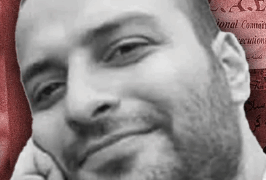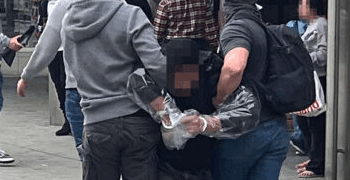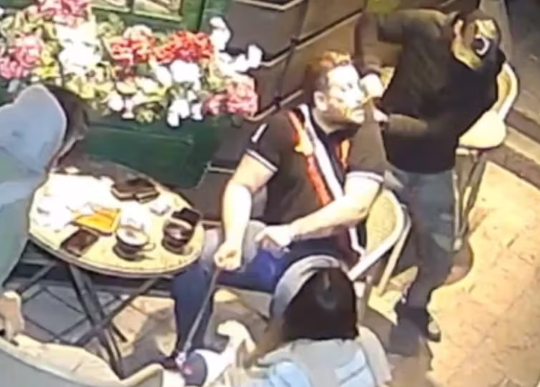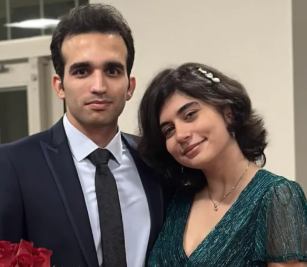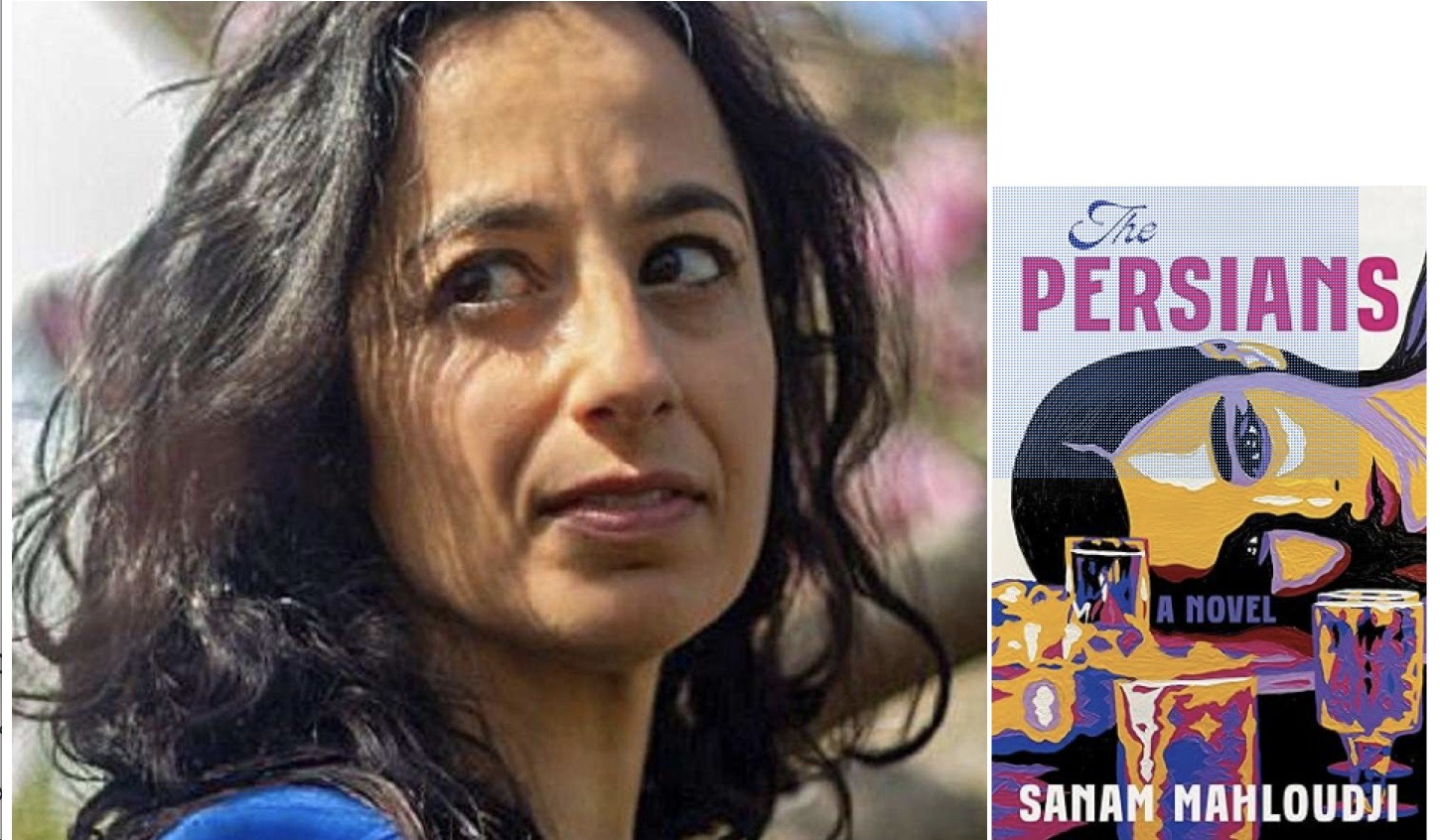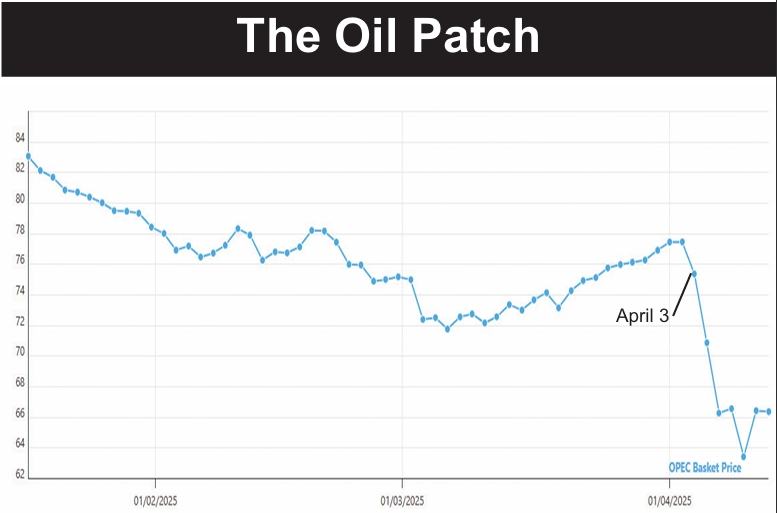has been sentenced to life in prison without possibility of parole, the stiffest sentence allowed under Maryland state law.
The lawyers for defendant Raymond Williams, 37, never denied that he murdered the woman. But they portrayed Williams as so high on drugs that he could not think rationally when he killed Azin Naimi, 46, an artist noted for her restoration work on Russian paintings.
The strategy appeared to be to convince the jury that Williams never planned to kill Naimi and was therefore not guilty of first-degree murder, but only of some lesser crime.
The jury didn’t buy that.
Williams testified last summer that he had been smoking crack cocaine and PCP before the murder the night of July 18, 2010. He said after he realized what had happened, “I felt like I wanted to kill myself.”
After the murder, Williams spent hours cleaning up the crime scene, wrapped Naimi’s body in a blanket, drove 12 miles from Bethesda, Maryland, and dumped the body in an alley in Washington, D.C.
The prosecution said the coverup of the slaying was the work of a reasoning mine, not a man foggy and confused by drugs. A psychiatrist testified that a surveillance video showing Williams near the murder site showed a man who was calm with no sign of mental impairment.
Naimi had been living with her mother in North Bethesda, Maryland, just outside Washington, for the previous year and half. When she did not come back from her studio three blocks away on that Sunday evening, her mother, Mary Bazargan, got worried. Police began a search on Monday and found Naimi’s body in an alley near the US Capitol. But they determined that the scene of the crime had been her studio.
Video surveillance showed Naimi walking toward her office door at about 7:30 p.m. Sunday. In her office, she encountered 35-year-old Raymond Williams, the building handyman.
With no clear motive, Williams brutally attacked Naimi, beating her and stabbing her to death with a pair of scissors. The killer even thrust the scissors into one of her ear canals and broke two of her ribs. The killer then used a mop and towels to try to clean up the blood, which could still be seen later with forensic chemicals. Blood was also found later in Williams’ car. The killer disposed of the body in a Washington alley outside a residence that police say Williams telephoned about 3 1/2 hours after Naimi went to her studio.
Police said Naimi’s body was found with her pants pulled down, but they did not say if she had been sexually assaulted.
At the sentencing, Judge Joseph A. Dugan Jr. said, “What you did to Azin Naimi and her family was a series of unspeakable acts of evil.
Her brother, Mehrouz Naimi, was in court for the sentencing and told The Washington Post, “Until he goes to hell and starts experiencing the pain he’s caused us, only then will he start recovering and learnring.”
But Naimi’s mother said she was pleased Judge Dugan could not sentence the killer to death. “In prison, he has to suffer more,” she said.
Naimi was born in Iran. She was a graduate of Sotheby’s Institute of Art in London and had also studied art in Italy. At one time, she owned two galleries in the United States—one on Wilshire Boulevard in Los Angeles—but she had sold both of them. She reportedly spoke five languages.


